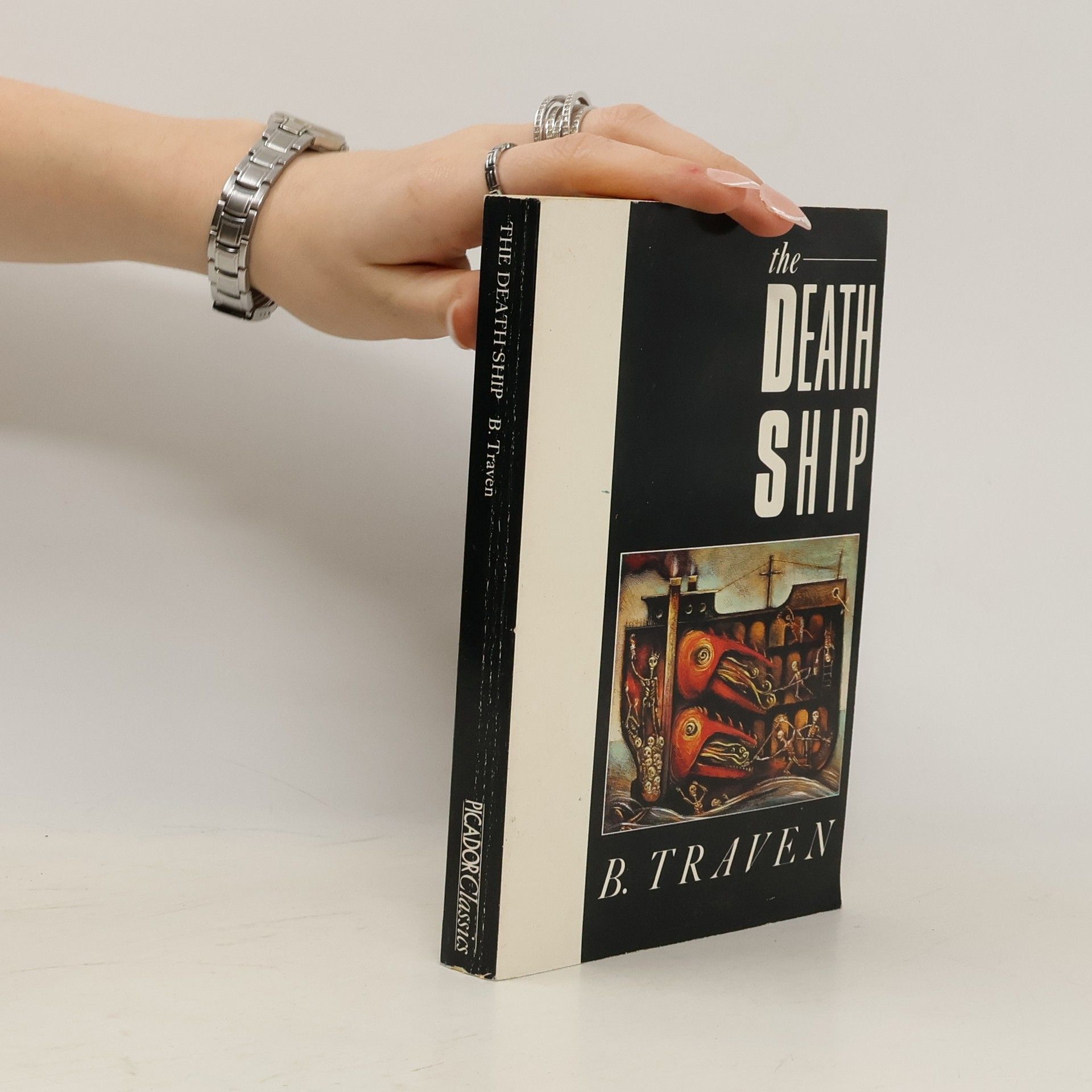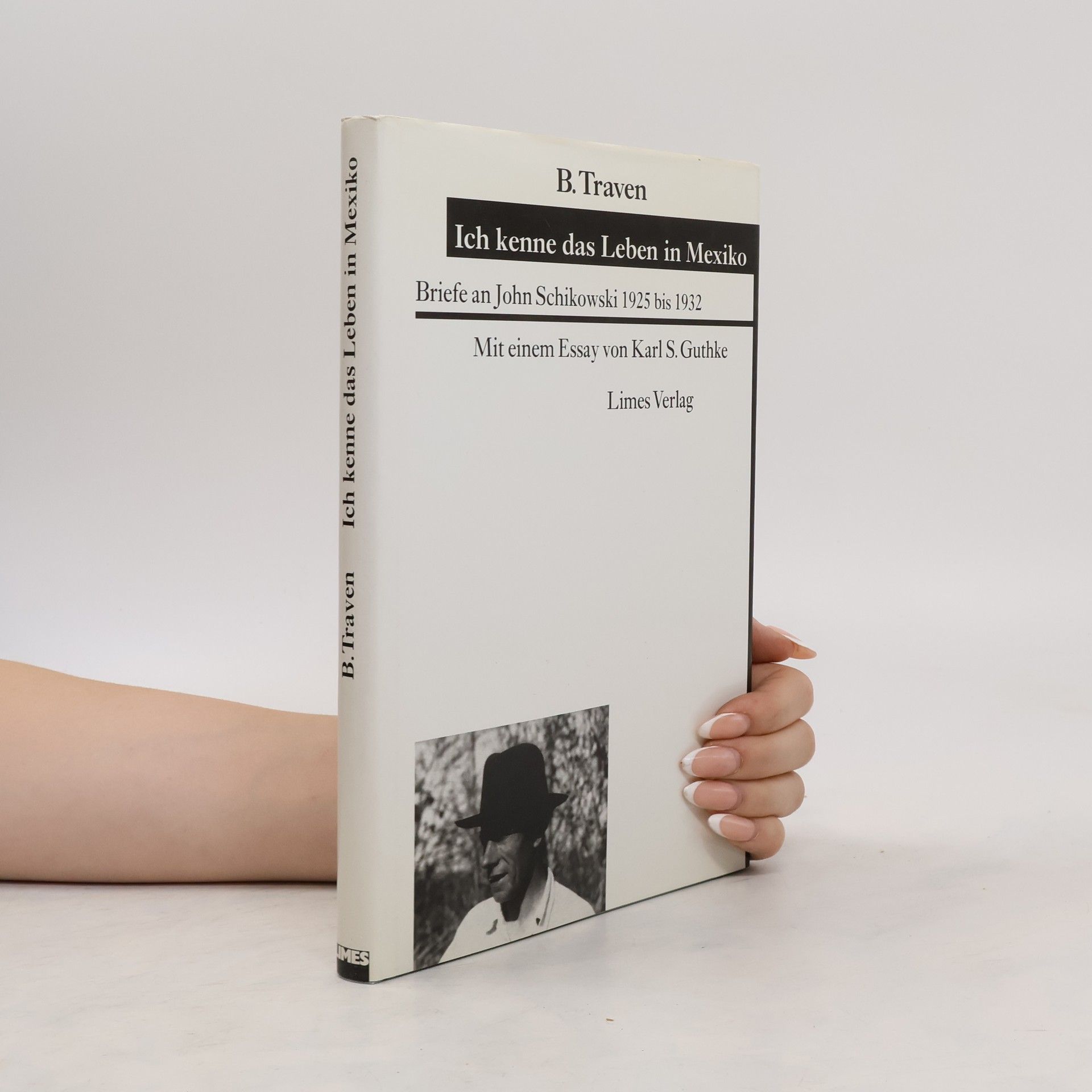Mexique, début du XXe siècle. Juan Mendez, un jeune chef indien, révolté par les conditions de vie inhumaines des péons qui travaillent dans les plantations d'acajou pour de riches propriétaires terriens, décide de lever une armée. Une armée de pauvres, de paysans illettrés, en haillons, affamés, qui, en dépit de leur faiblesse, vont aller de petites victoires en petites victoires, prenant d'abord quelques fermes avant de marcher, toujours plus nombreux, sur des villes de plus en plus importantes. Cette révolte inquiète bientôt le pouvoir central du dictateur Porfirio Diaz, qui va envoyer les troupes gouvernementales à l'assaut du "général de la jungle" et de son armée de péons. On retrouve dans ce roman inédit de Traven, écrit en 1937, tout l'humanisme et le talent de l'auteur. Jamais manichéen, il restitue avec une grâce inouïe toute la complexité de son sujet, n'ignorant aucun aspect de cette révolte, profondément inspirée de l'aventure d'Emiliano Zapata : sens de l'histoire, mouvements sociaux, culture indienne, dictature, racisme, esclavage par dettes, corruption du pouvoir, etc. Surtout, Traven montre la même compassion pour les opprimés et pour les oppresseurs, tous victimes finalement des mêmes mécanismes de domination, au-delà desquels l'auteur excelle à mettre en relief l'humanité meurtrie.
B. Traven Livres
B. Traven, dont la véritable identité demeure un mystère, fut un romancier allemand aux penchants anarchistes. Il passa une grande partie de sa vie au Mexique, cadre de la plupart de ses œuvres, y compris le célèbre Le Trésor de la Sierra Madre. Ses écrits mêlent habilement l'aventure à des critiques acerbes du capitalisme et de l'injustice sociale. Les romans de Traven, souvent situés au sein des communautés indigènes mexicaines, ont acquis une popularité mondiale pour leur style distinctif et leur profond message humaniste.







"In the third of his six Jungle Novels, set in the great mahogany plantations of southern Mexico in the years before the revolution, Traven traces the beginnings of consciousness which led to rebellion by the Indians who worked in debt-slavery."
The Carreta is the second of B. Traven's six Jungle Novels which together form an epic of the birth of the Mexican Revolution. The young Indian who is the hero of The Carreta is an ox-cart driver. More sophisticated than most of his companions who work in debt-slavery in the great mahogany plantations, Andres can read and hopes to go back to his wife. But he labors with no awareness of how really impossible this is. Pressing down on him is the plight of his father, who was also sold to the monteria. Andres believes he can never return to his wife until he repays his father's debt. Traven's purpose in the Jungle Novels is to describe the conditions of a people who are ripe for revolt, and to trace the beginnings of consciousness which result in the determination to revolt. In The Carreta he brings his remarkable narrative talents to bear on the coming of age of Andres and the oppressive world in which he finds he must make his way. "Traven is a very great writer .... His work must be read." New York Times Book Review.
The Death Ship tells the story of an American sailor, stateless and penniless because he has lost his passport, who is harassed by police and hounded across Europe until he finds an 'illegal' job shoveling coal in the hold of a steamer bound for destruction. The Death Ship is the first of B. Traven's politically charged novels about life among the downtrodden, which have sold more than thirty million copies in thirty-six languages. Next to The Treasure of the Sierra Madre, it is his most celebrated work
Trozas
- 269pages
- 10 heures de lecture
With the first publication in English of Trozas, B. Traven's legendary Jungle Novels, an epic of the birth of the Mexican Revolution, are complete. Trozas is the fourth of the six Jungle Novels that describe the conditions of peonage and debt slavery under which Mexican Indians suffered during the reign of Porfirio Díaz. The main character of the novel is a young Indian named Andrés Ugaldo, a virtual slave worker in a montería―-mahogany plantation―which is purchased by the profit ?hungry Montellano brothers, widely despised for their brutal treatment of workers. The demands on Andrés and his companions exceed even the usual insufferable conditions in the montería. Trozas (the word means "logs") captures the origins of the rebellious spirit that slowly spread through the labor camps and haciendas, culminating in the bloody revolt that ended Díaz's rule. Traven masterfully evokes the backbreaking daily routine of the montería, brings alive the players in this sordid drama, and tells the story in riveting narrative.
Regarded by many as Traven's finest novel, The Bridge in the Jungle is a tale of how a desperately poor people come together in the face of death. Traven never allows an iota of sentimentality to enter his story, but the reader finishes the book with renewed faith in the courage and dignity of human beings.
The Treasure of the Sierra Madre
- 308pages
- 11 heures de lecture
A CULT MASTERPIECE—THE ADVENTURE NOVEL THAT INSPIRED JOHN HUSTON'S CLASSIC FILM, BY THE ELUSIVE AUTHOR WHO WAS A MODEL FOR THE HERO OF ROBERTO BOLAÑO'S 2666. Little is known for certain about B. Traven. Evidence suggests that he was born Otto Feige in Schlewsig-Holstein and that he escaped a death sentence for his involvement with the anarchist underground in Bavaria. Traven spent most of his adult life in Mexico, where, under various names, he wrote several bestsellers and was an outspoken defender of the rights of Mexico's indigenous people. First published in 1935, The Treasure of the Sierra Madre is Traven's most famous and enduring work, the dark, savagely ironic, and riveting story of three down-and-out Americans hunting for gold in Sonora.
The Rebellion of The Hanged
- 260pages
- 10 heures de lecture
Set against the backdrop of the 1912 Mexican Revolution, the story depicts the harsh realities faced by enslaved Indians in mahogany lumber camps. As they endure brutal treatment from overseers, a courageous rebellion emerges, led by three enigmatic figures who inspire the workers to fight for their rights. The central themes of land and liberty resonate deeply, igniting a passionate struggle for freedom and justice. This political fiction immerses readers in the lives of these resilient individuals as they challenge oppression and seek a better future.


